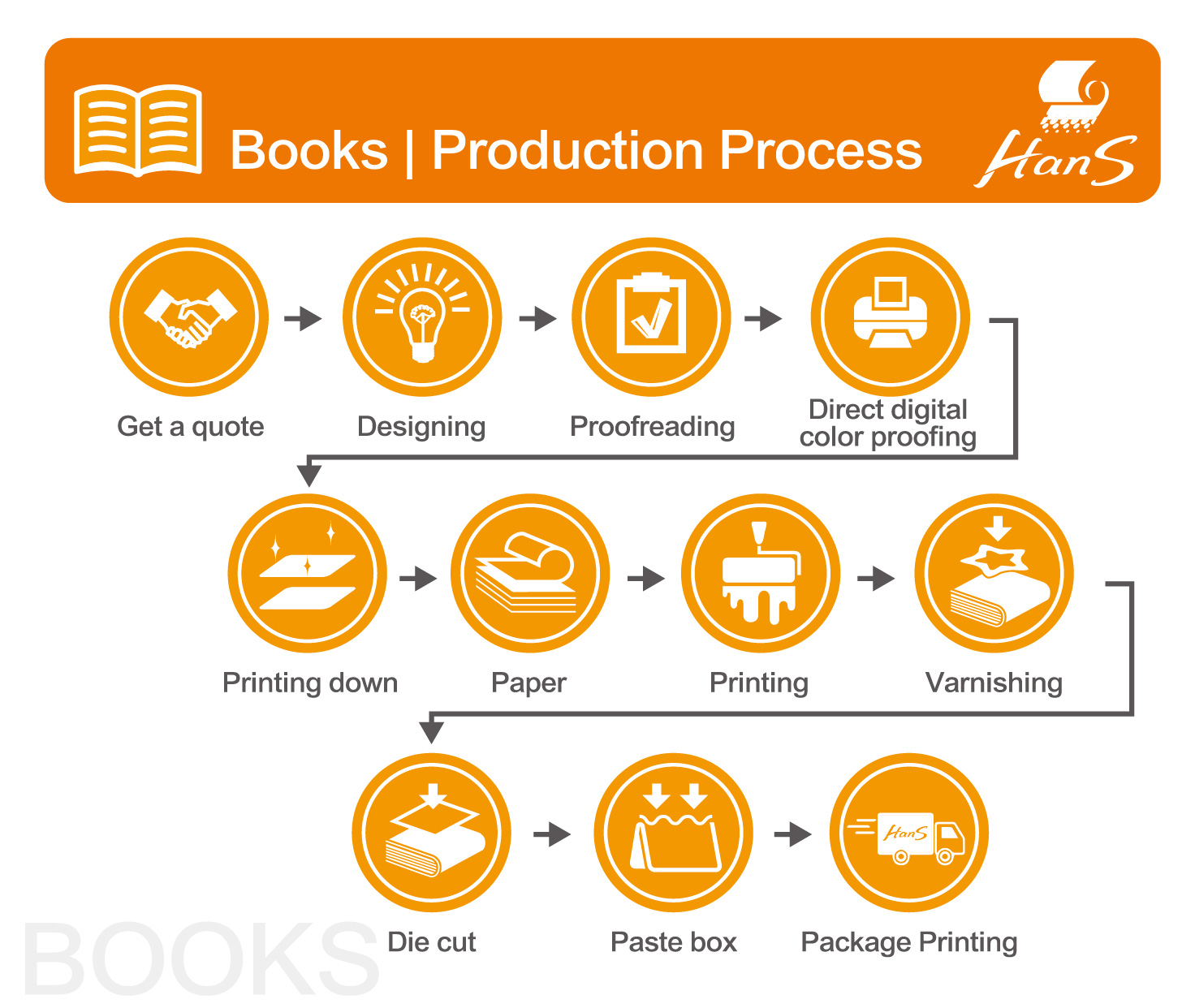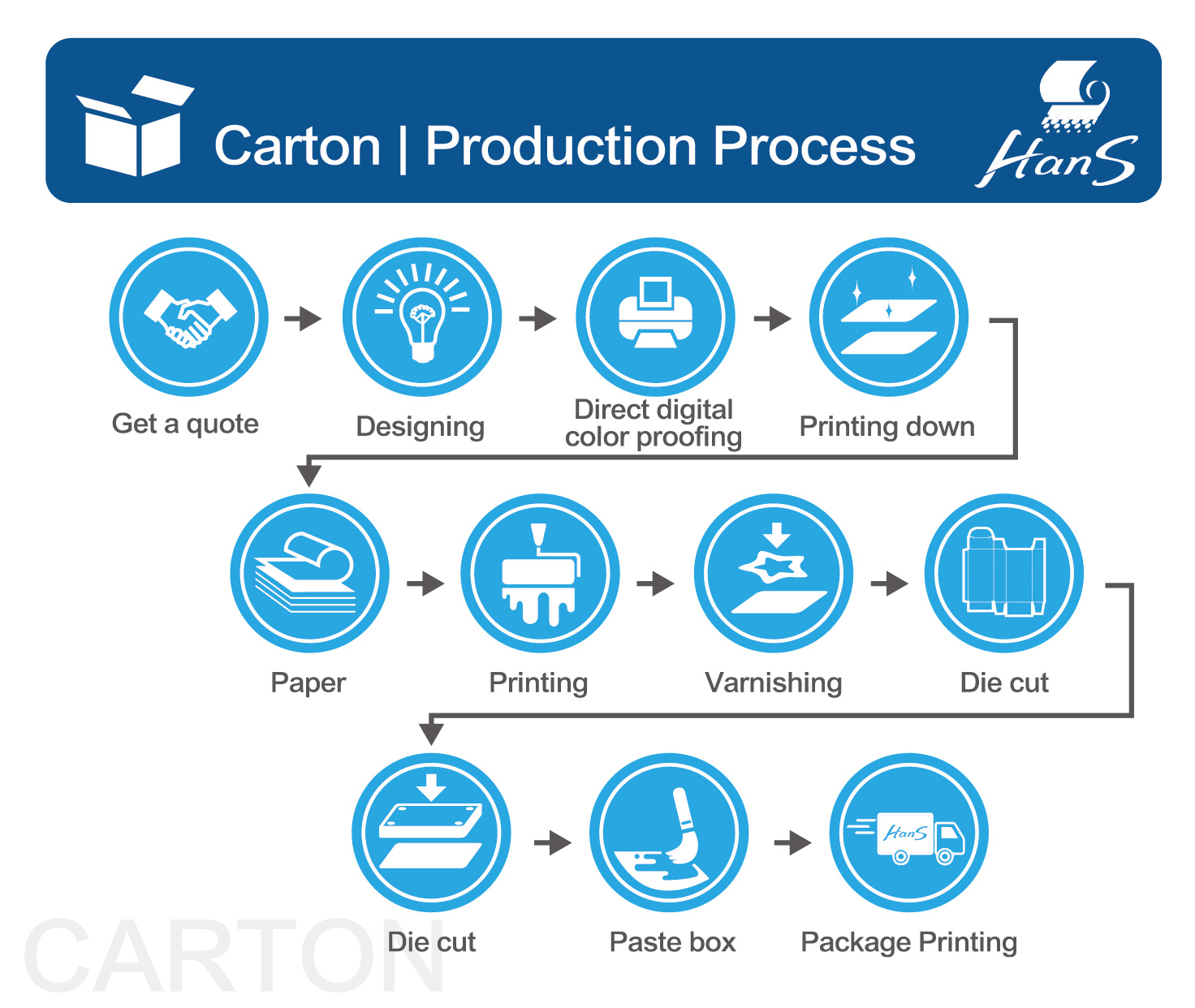The Art and Science of Book Printing and Binding
-
sentiment_very_satisfied
Viewers:
- 840
The Journey from Manuscript to Printed Page
The journey of turning a manuscript into a book ready for binding involves several meticulous steps, each requiring a keen eye for detail and technical expertise.
1. Pre-Press Preparation:
This initial stage involves converting the manuscript into a format suitable for printing. It includes typesetting, the layout of text and images, and the creation of digital proofs. Attention to detail during pre-press preparation ensures that the printed book will be free of errors and visually appealing.
2. Choosing the Right Printing Method:
Depending on the volume of copies required and the specific needs of the book, publishers can choose from various printing methods:
-
Offset Printing:
Ideal for high-volume print runs, offering unmatched quality for text and images.
-
Digital Printing:
Best suited for short runs and print-on-demand services, allowing for greater flexibility and lower initial costs.
-
Letterpress:
An age-old technique that has seen a revival in artisanal and limited edition books, known for its distinctive texture and depth.
3. The Printing Process:
Once the printing method is chosen, the actual printing takes place. This step transforms digital or typographic pages into physical sheets of paper, ready to be assembled into a book.
Binding: Giving Books Their Backbone
Binding is not just about holding a book together; it’s about giving it form and durability. The choice of binding technique adds to the book's character and usability.
1. Types of Binding:
There are several binding methods, each with its own set of advantages:
-
Perfect Binding:
A popular choice for softcover books, where the pages are glued together at the spine with a strong yet flexible adhesive.
-
Saddle Stitching:
Ideal for smaller booklets and brochures, this method involves folding sheets of paper in half and stapling them through the fold line.
-
Case Binding:
The gold standard for hardcover books, providing durability and a classic look. This method involves sewing the pages together and attaching them to a hard outer cover.
-
Spiral Binding:
A flexible option that allows the book to lay flat when open, perfect for textbooks, manuals, and notebooks.
2. The Role of Cover Design:
The cover is not only protective but also the first point of engagement with the reader. It incorporates various elements of design, including material (cloth, leather, paper), typography, and graphics, to evoke curiosity and convey the essence of the book.
3. Finishing Touches:
Final touches like embossing, foil stamping, and edge painting can elevate the book’s aesthetic, making it a piece of art in and of itself.
The Emotional Impact of Printed Books
In an era dominated by screens, the allure of printed books remains undiminished. There’s a profound connection that forms when holding a book, feeling the texture of the paper, and flipping through its pages. This sensory experience, combined with the visual and tactile aspects of printing and binding, enriches the act of reading, making each book a cherished object.
Conclusion
Book printing and binding are art forms that have evolved over centuries, embracing new technologies while preserving traditional crafts. They play a crucial role in the storytelling process, turning abstract words into concrete artifacts that can be touched, seen, and treasured. Whether you’re an aspiring author looking to publish your first book or a bibliophile curious about the process behind your favorite reads, understanding the intricacies of printing and binding can deepen your appreciation for the books that line your shelves.
From planning and filing to the completion of printed matter, printing must go through many procedures, combined with the professional skills of countless people, such as graphic designers, commercial photographers, copywriters, typewriters, artists, color separation technicians, printing technicians, Public workers, printing technicians, bookbinding, varnishing and various processing technicians, etc., without any one, can not successfully complete the printed matter, so they are all important contributors.
We assist many enterprises and organizations in the integrated planning and production of printed materials, focusing on providing comprehensive printing integration services, helping you think more, do more, and win more under limited time and money.



















